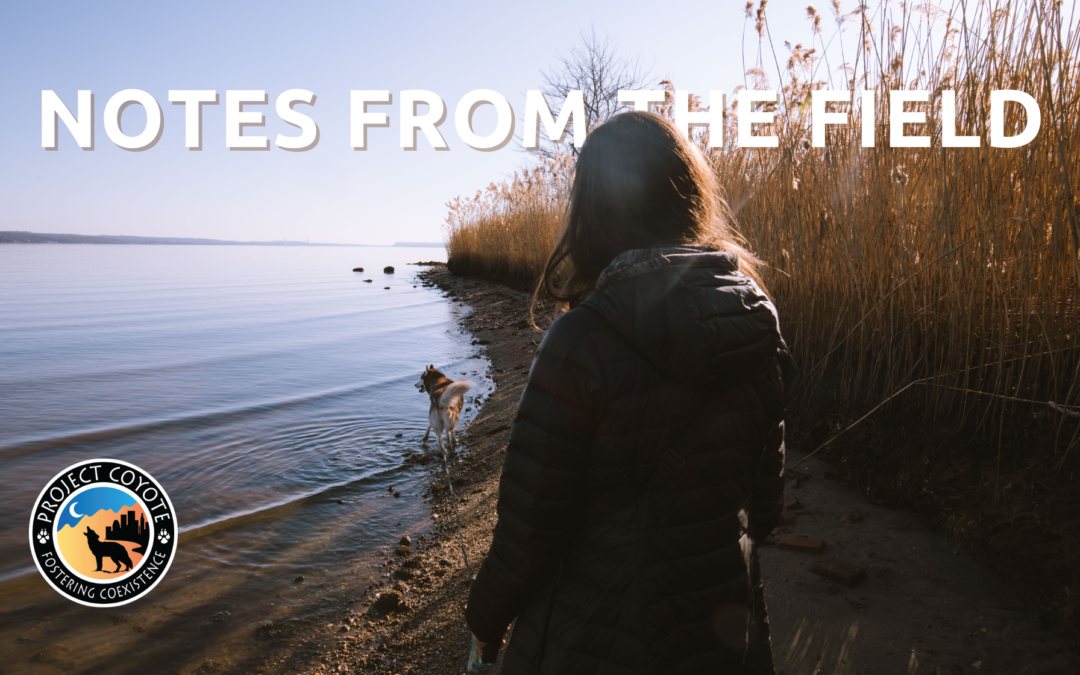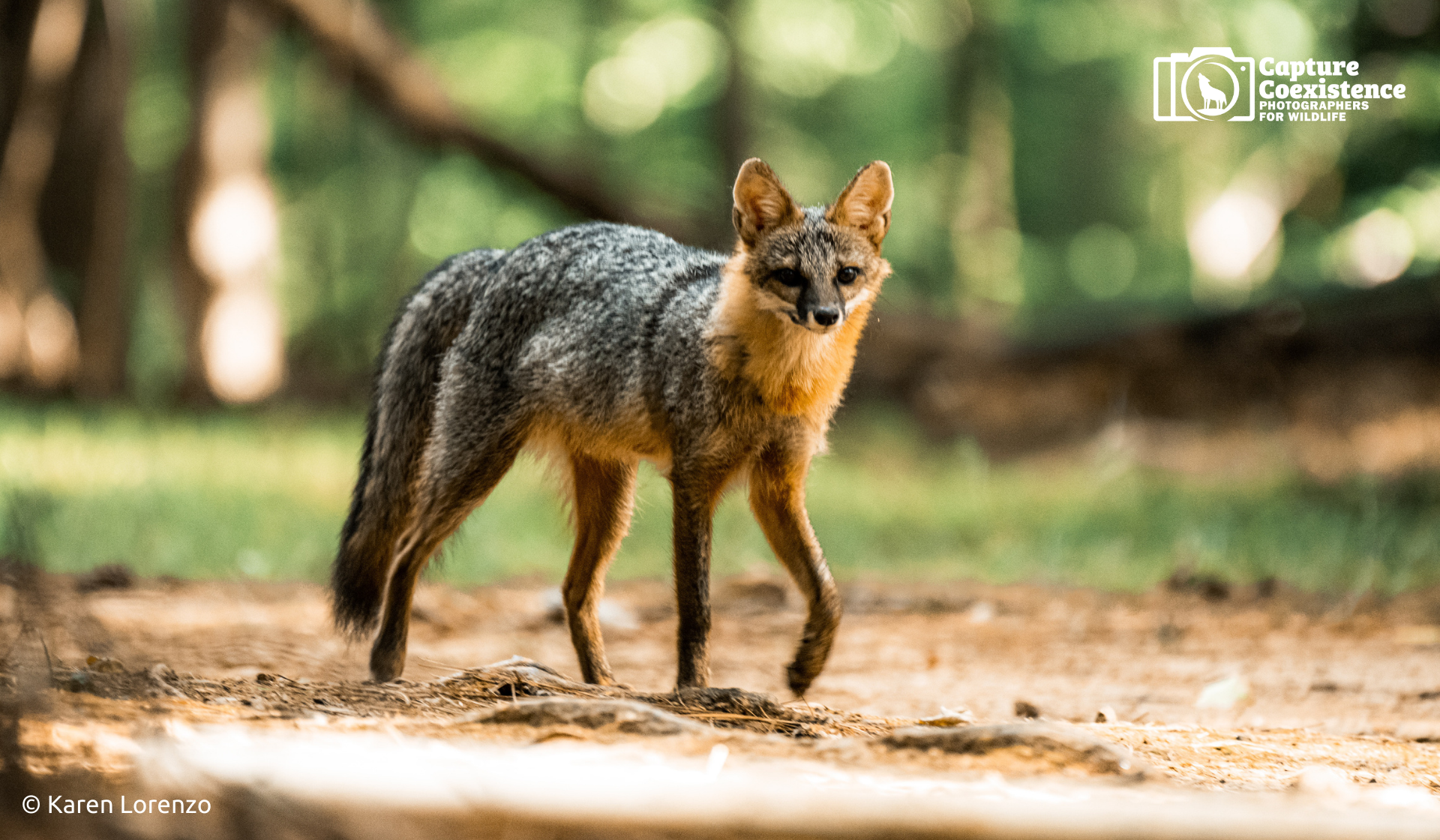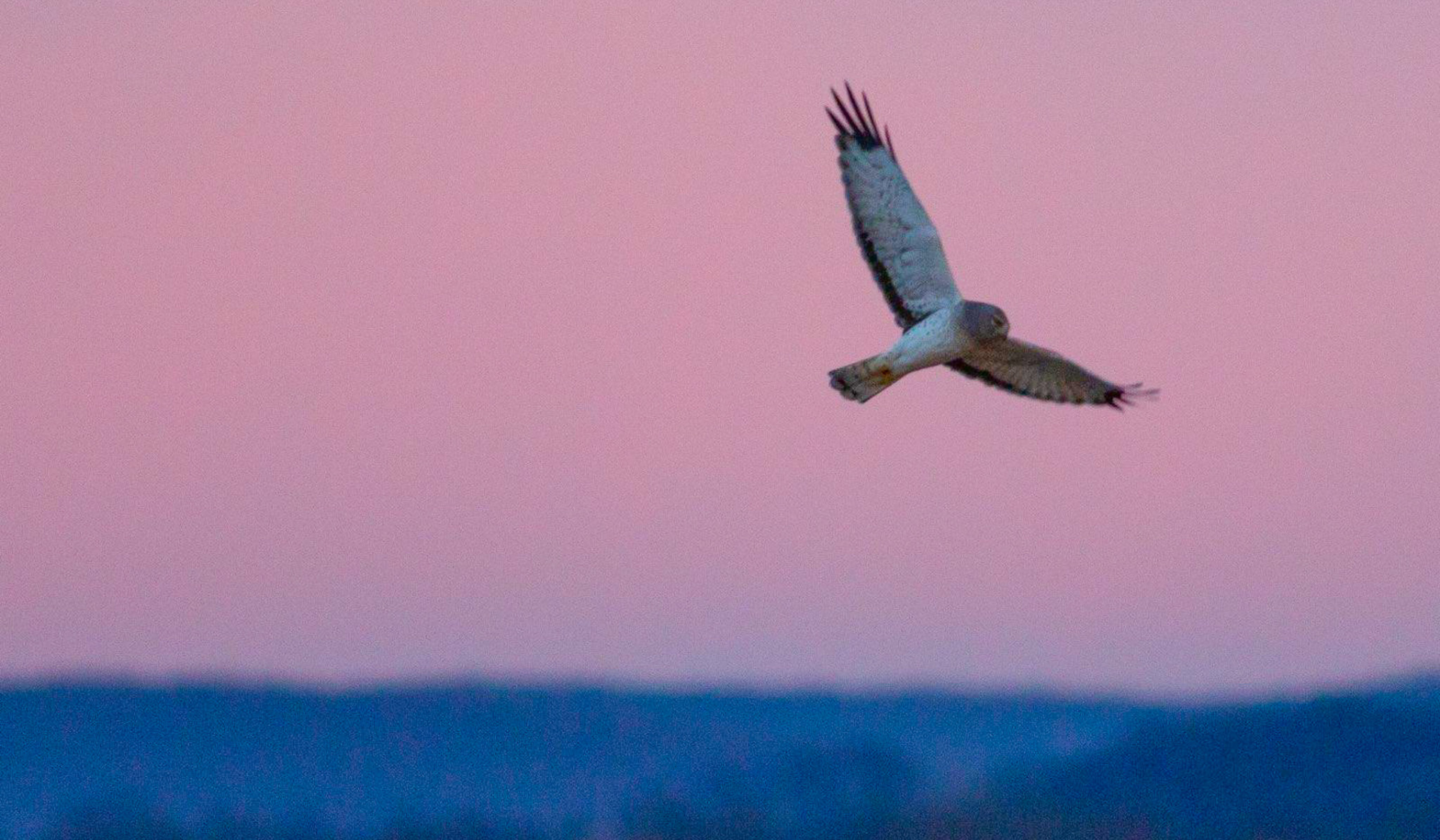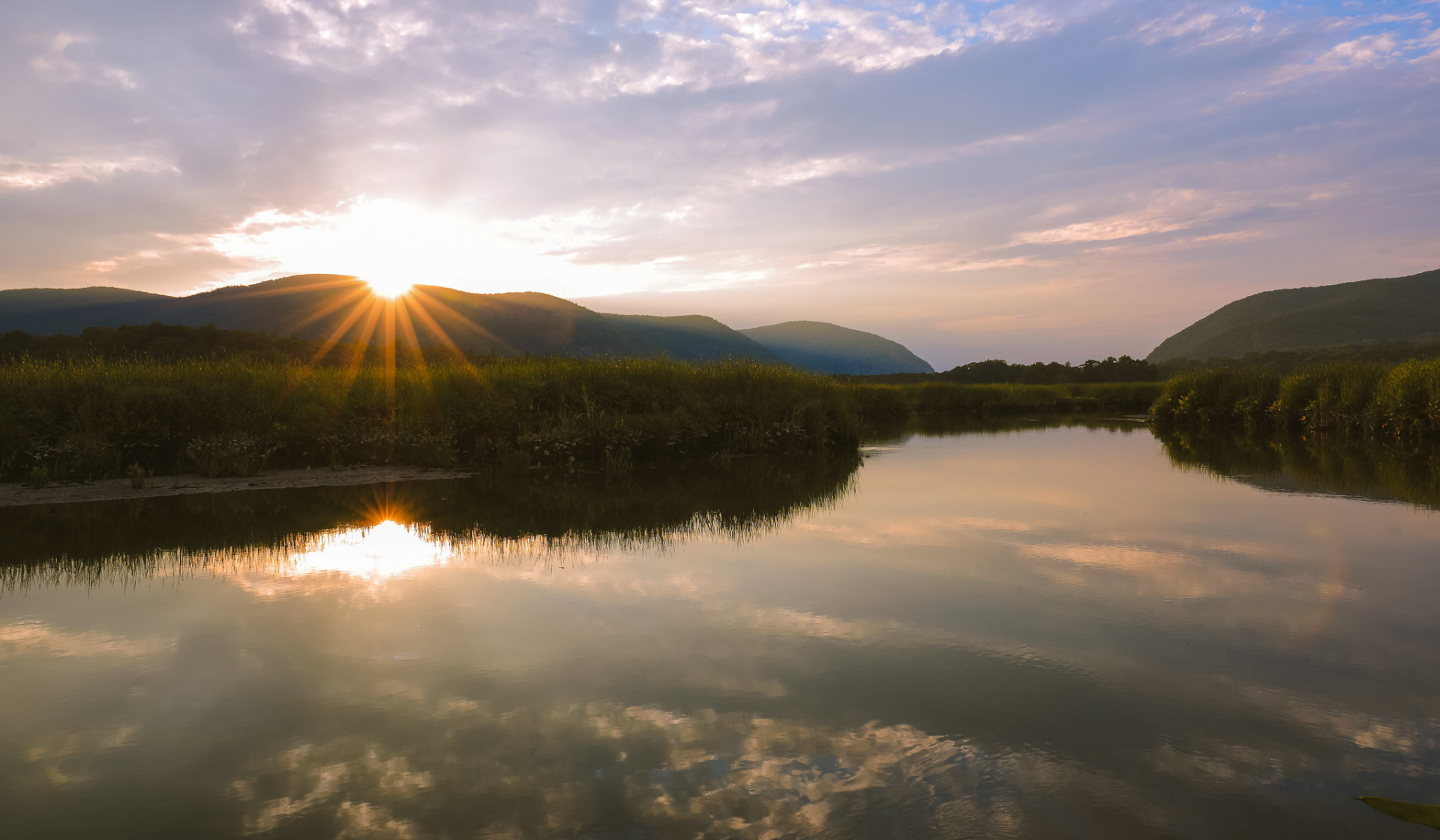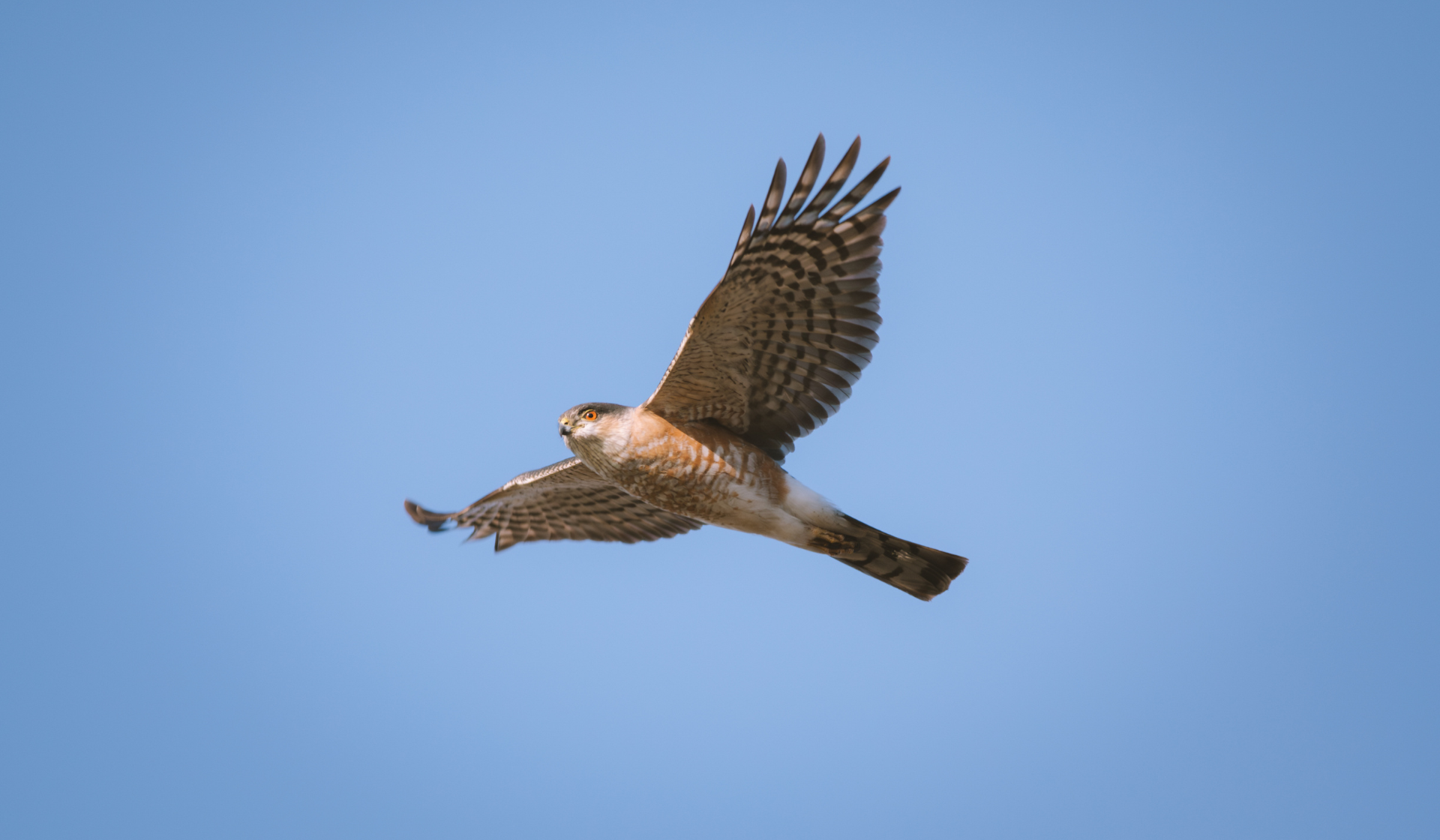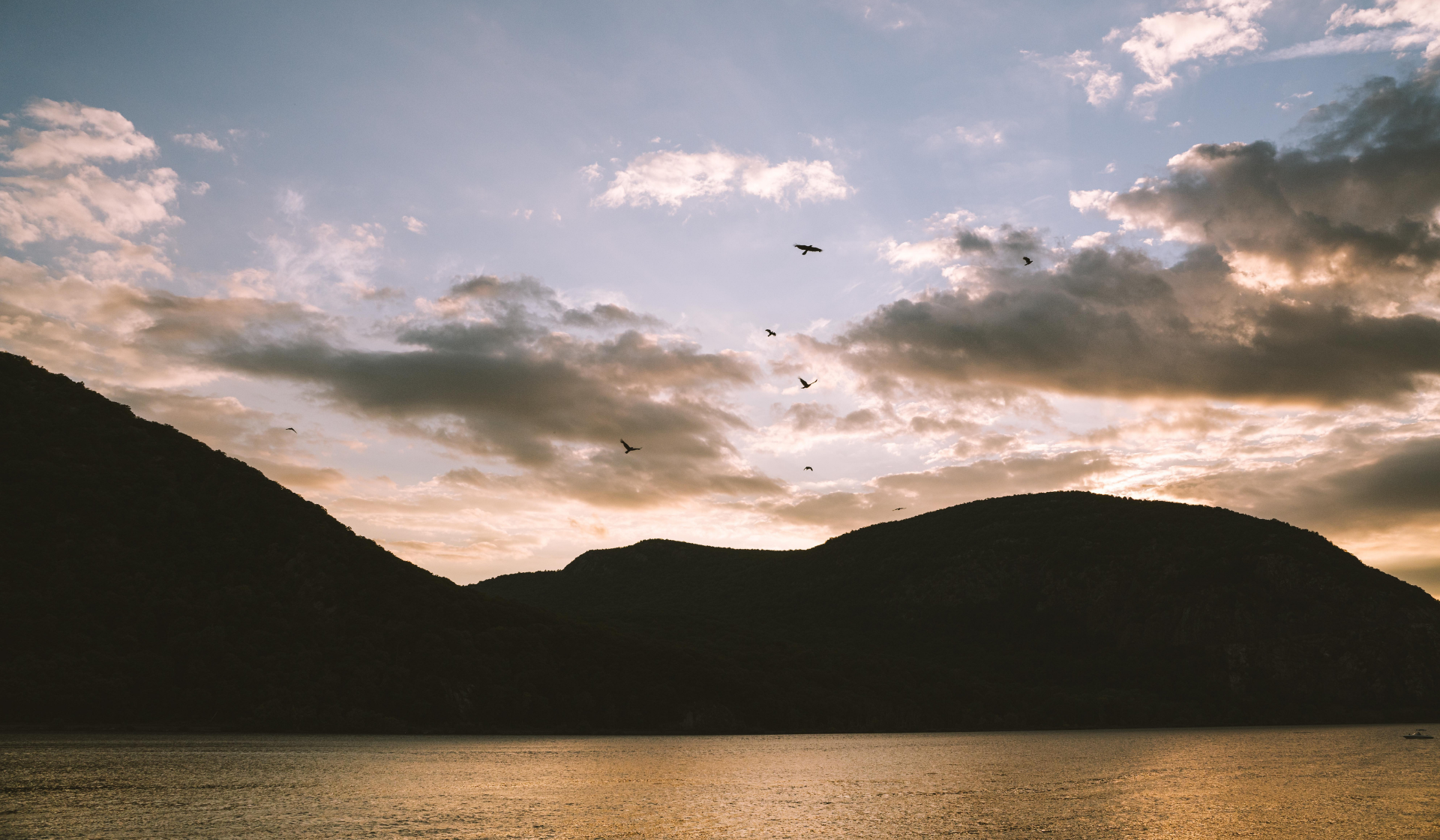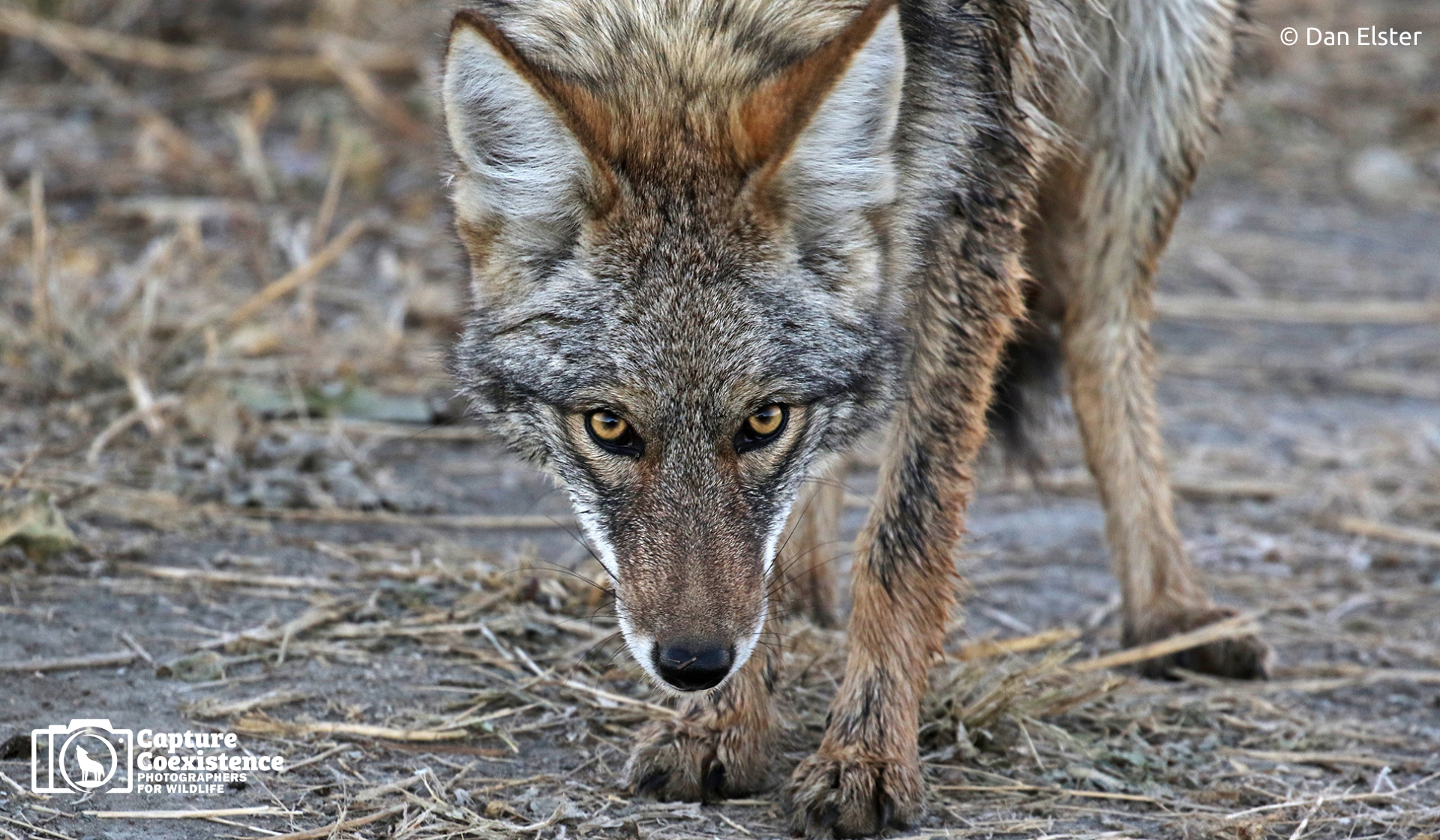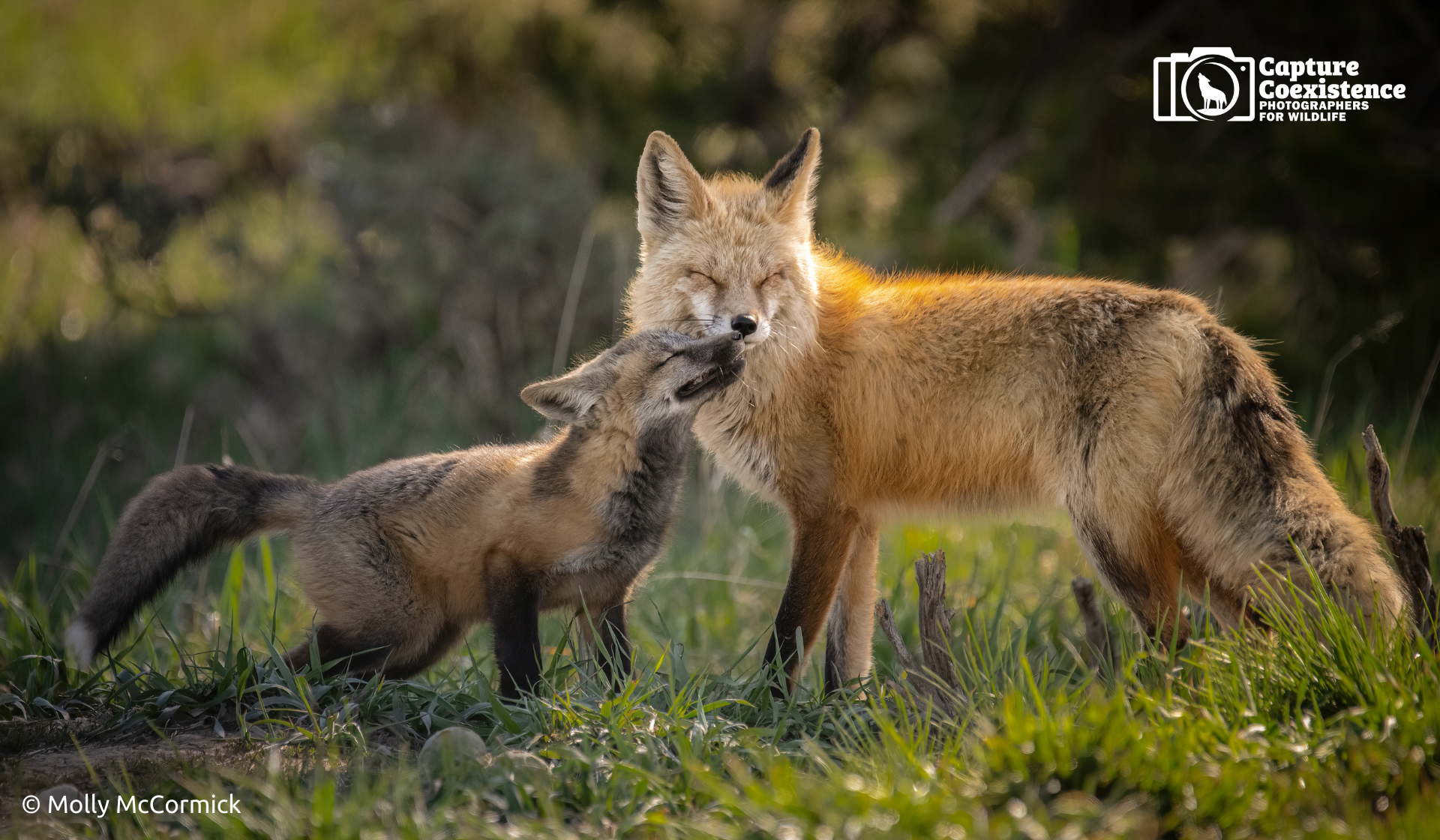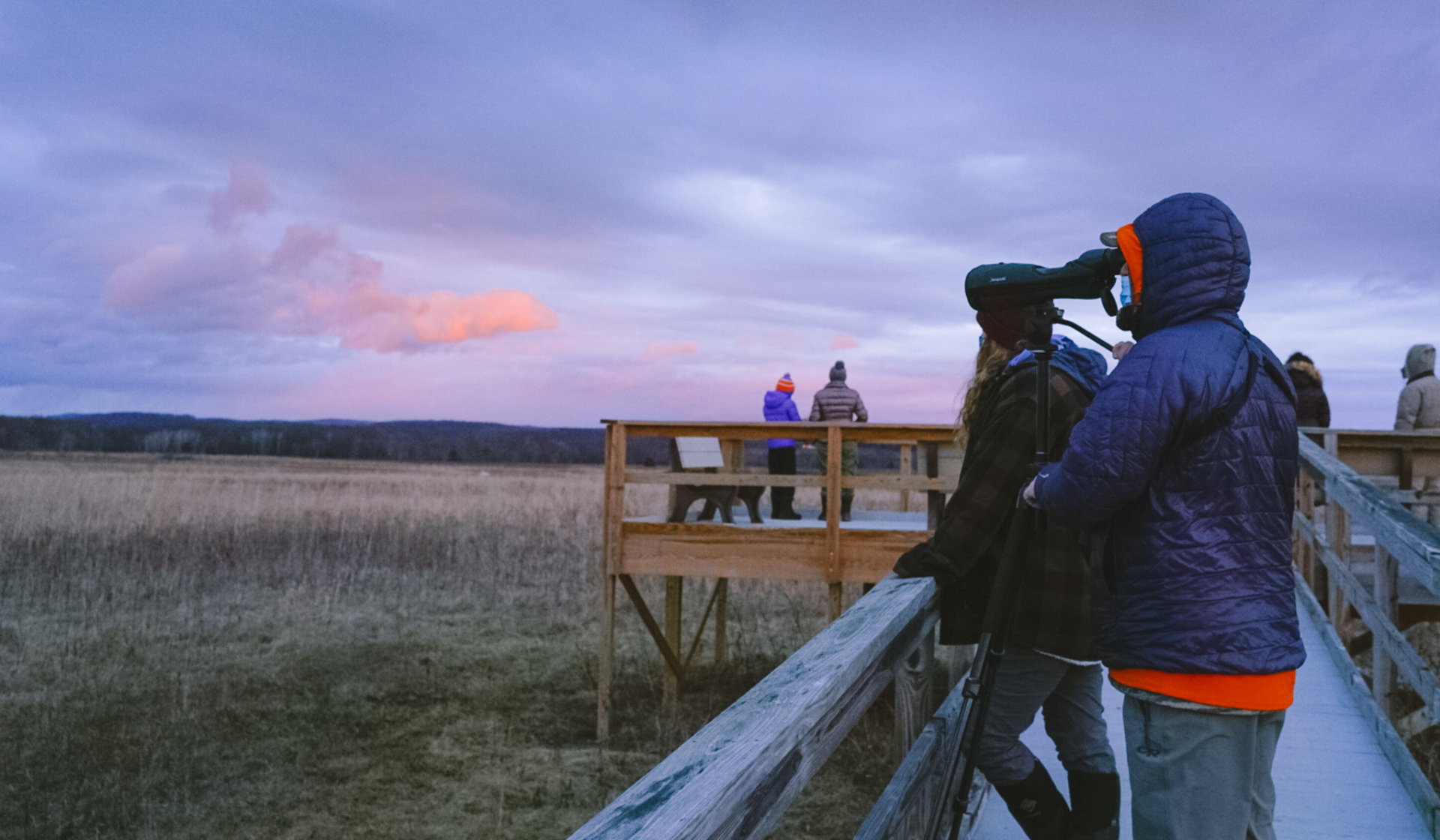Replacing Wildlife Killing by Building Communities of Coexistence
By Renee Seacor, Carnivore Conservation Manager
As a native New Yorker and the Carnivore Conservation Manager at Project Coyote, advocating for increased protections for our nation’s persecuted carnivores, I was thrilled to campaign this past year for a statewide ban on wildlife killing contests in my home state of New York. I remember being just as shocked as the average New Yorker to learn their state’s wildlife are legally subjected to contests that create a “game” out of killing wildlife for money and cash prizes.
For those who are unaware of this practice, wildlife killing contests are events in which participants compete to kill the most, largest, or smallest of targeted wildlife species including coyotes, foxes, prairie dogs, bobcats, and even wolves for cash and other prizes. These contests can be classified as one of the most extreme forms of legalized slaughter, as participants are encouraged to maximize the killing of wildlife indiscriminately across the landscape. They remain legal throughout most of the U.S.
Photo by Karen Lorenzo, #CaptureCoexistence Contributor
Since 2008, Project Coyote has been dedicated to abolishing these contests and has worked in coalition with other groups to successfully ban them in nine states, with sights set on additional states in the coming years. Most recently, we reached a hard fought victory when the Oregon Department of Fish and Wildlife Commission voted to prohibit killing contests on public land in Oregon. This victory comes on the heels of the New York legislature passing S.4099/A.2917 in June to ban wildlife killing contests statewide. The bill now awaits Governor Hochul’s signature into law which would make New York the tenth state to enact a ban.
While campaigning in New York and across the country to end these egregious contests, I’ve heard the same tireless arguments attempting to justify the unjustifiable. No argument in support of these contests holds up to scientific merit. The evidence does not support claims that killing contests are useful in controlling wildlife populations or preventing human-wildlife conflicts, which are the most common justifications raised in support of these events.
Our call to end wildlife killing contests comes from a place of evidence that the practice serves no legitimate science based wildlife management purpose and abandons care and compassion for wild lives, in addition to our desire to see the flourishing of our multi-species community of which we are all members. While campaigning for their end in New York I was reminded by fellow wildlife advocates of another egregious practice that has luckily and rightfully been relegated to the history books: hawk hunting.
Northern Harrier| Photo by Renee Seacor
From Hawk Hunting to Hawk Watching
Hawk migration season is upon us. In the Hudson Valley region of New York where I live, hundreds of thousands of raptors are migrating through the region. On any given day, if you peer into the sky you may spot “kettles” of migrant hawks, in which dozens, sometimes hundreds, of hawks float in the sky circling together as they ride thermals as high as they can before breaking into a downward flight with their sights set on wintering grounds as far south as the southern reaches of South America. I’m not alone in marveling over fall migration in the Atlantic flyway. Hawkwatching is enjoyed by tens of thousands of birders across the region.
Constitution Marsh in the Hudson Valley | Photo by Renee Seacor
But not so many years ago, this time of year marked a much darker pastime in which thousands of hawks were gunned down from the sky. It seems foreign to imagine a time when hawks were mostly identified through the barrel of a gun rather than being marveled at through binoculars, but it was a reality that resulted in the deaths of thousands of hawks on any given day. Notably, world renowned ornithologist Roger Tory Peterson recounted being in Cape May, New Jersey in the 1930s and watching hawk hunters gun down hundreds of sharp-shinned hawks migrating across the area.
Sharp-shinned Hawk | Photo by Kyle Bardwell
Hawk hunting, although practiced by a fringe minority, just like wildlife killing contests, caused outsized harm to ecosystems and wildlife, sometimes resulting in thousands of hawks and other species of birds being killed in a single day. This included the complete loss of species such as the passenger pigeon which was overhunted to extinction in the early 1900s, victimized by the fallacy that the abundance of a creature makes it immune to overexploitation.
Fortunately, public attitudes toward hawk hunting shifted and shortly thereafter policies prohibiting the barbaric practice were enacted. In 1972, the Migratory Bird Treaty Act was amended to prohibit the hunting of all hawks. Gone are the days when you could kill hundreds of hawks during migration.
Now, Cape May New Jersey where Roger Tory Peterson once watched as hundreds of hawks fell from the sky, along with hundreds of other sites across the country, have become meccas for hawkwatching instead of hunting and host thousands of visitors annually. Here in the Hudson Valley, former hawk hunting sites are now birding hotspots and witnessing the diversity of birds that use the Hudson River as a migratory flyway during peak migration is something I and fellow birdwatchers treasure.
Birding in the Hudson Valley | Photo by Renee Seacor
Lessons can and should be learned from the transition from hawk hunting to hawk watching as we work toward a more compassionate, just, and fair society for all, including wildlife. We must challenge traditional practices, especially ones as barbaric as wildlife killing contests, and find new ways of living equitably, valuing all wild lives.
Wildlife killing contests are a remnant of the dark history of predator extermination campaigns that wrongfully viewed carnivores as a threat to domestic animals and as competition to game species, resulting in the loss of many of our ecologically vital carnivores from the landscape. Here in the Northeast, we trapped and hunted native wolves and cougars to extinction in the region. It’s past time to cut ties with this outdoor heritage and evolve societally away from killing wildlife for cash and prizes.
Faced with the biodiversity and climate crises, we are at a time in history when we should be strictly scrutinizing how we engage with our natural world, especially any activity that causes indiscriminate and widespread killing of ecologically valuable wildlife species. Millions of species are at risk of extinction, with populations plummeting by more than two-thirds in the last 50 years –driven primarily by human activities. It’s time for a just transition where wildlife and humans coexist in the face of a changing world.
Photo by Dan Elster, #CaptureCoexistence Contributor
Building and fostering a new community that appreciates wildlife alive
Here at Project Coyote, we envision a future where wildlife appreciation events absorb the place of killing contests, and where community is fostered around life, not death. We are working to build the framework of that transition with our newly launched #CaptureCoexistence campaign, uniting nature photographers behind banning wildlife killing contests by highlighting the immense communities we can foster around nonconsumptive industries like wildlife photography.
Our #CaptureCoexistence campaign aims to show what a future without wildlife killing contests can look like. Instead of dead bodies wastefully piled up in dumpsters at the end of these contests, we could be sharing our favorite glimpses of wild nature and reveling in the beauty and snippets of wildlife living wild lives.
Just as birdwatching has become a massive ecotourism industry, carnivores have immense economic benefits to the photography and wildlife watching industry. A single bobcat in Yellowstone has an estimated wildlife-watching value of $308,000 over a single winter season, compared to an exploitive value of $315 for a bobcat hunted or trapped in Wyoming over the same season, nearly 1,000 times greater in economic value. Studies measuring willingness-to-pay have further found that ‘non-use’ or ‘existence value’ of biodiversity and threatened species meets or exceeds the consumptive use value of wildlife.
Photo by Molly McCormick, #CaptureCoexistence Coordinator
As part of this campaign, we’ve been uplifting the incredible stories of wild nature from wildlife photographers and videographers on our social media platforms and the response has been amazing and heartwarming Our platform now hosts a suite of impactful visual stories – from a wild coyote playing gleefully with a dog toy to a mother fox feeding her kits. These photos and videos help us to recognize and appreciate the multispecies community we share the world with.
Fifty years ago hawk hunters put down the gun and picked up a pair of binoculars and now an entire community—an estimated 45 million Americans—has been created around observing and appreciating birds alive. It is time to do the same for all wildlife.
Photo by Renee Seacor
Renee Seacor is an interdisciplinary environmental advocate with a background in wildlife ecology and environmental law and policy who has dedicated her professional career to using science-based advocacy to guide and develop policy solutions to challenging conservation issues. She currently serves as the Carnivore Conservation Manager for Project Coyote, where she advocates for the conservation of carnivores through science-driven advocacy.

